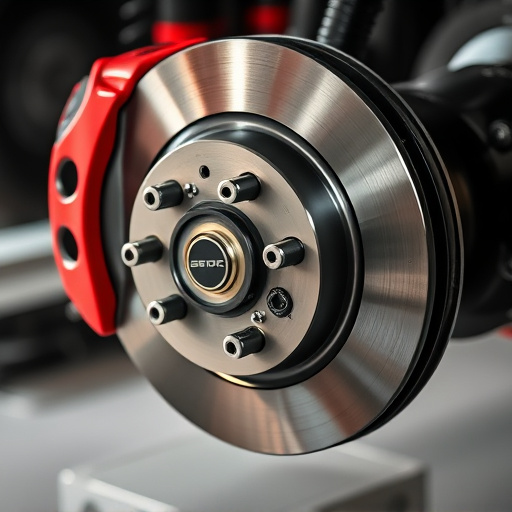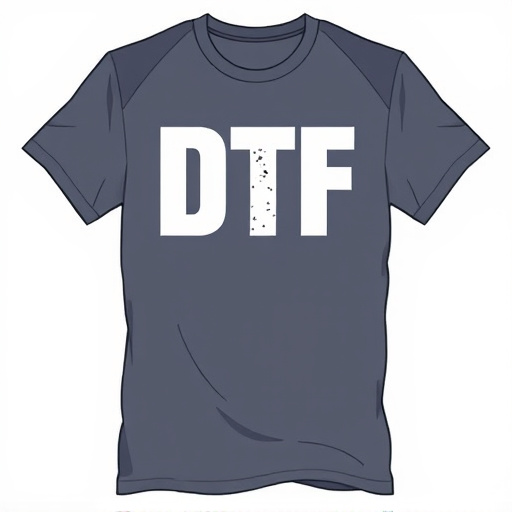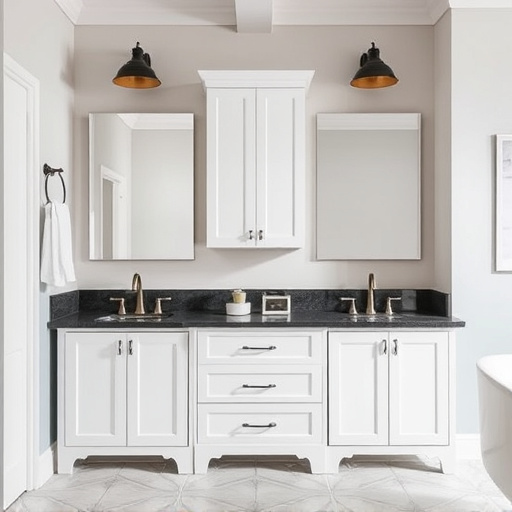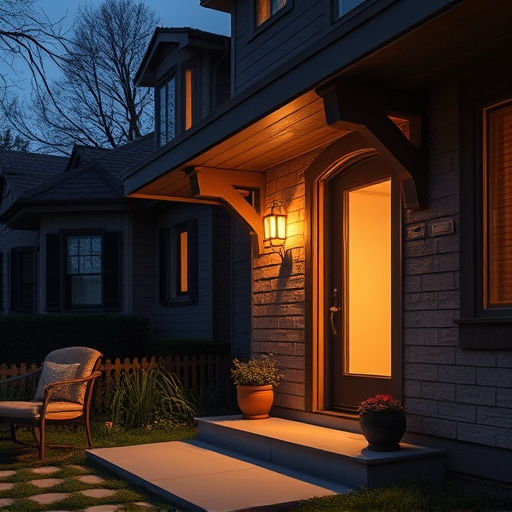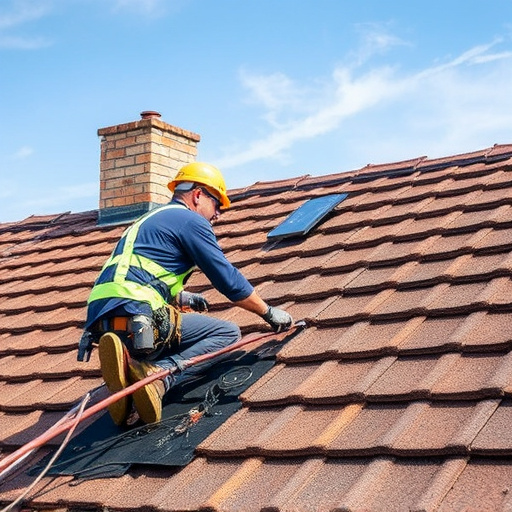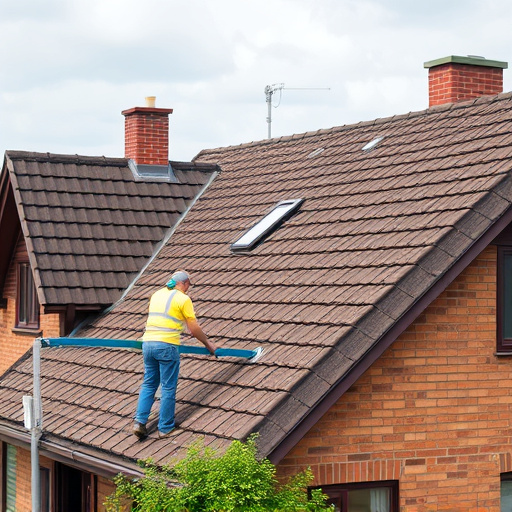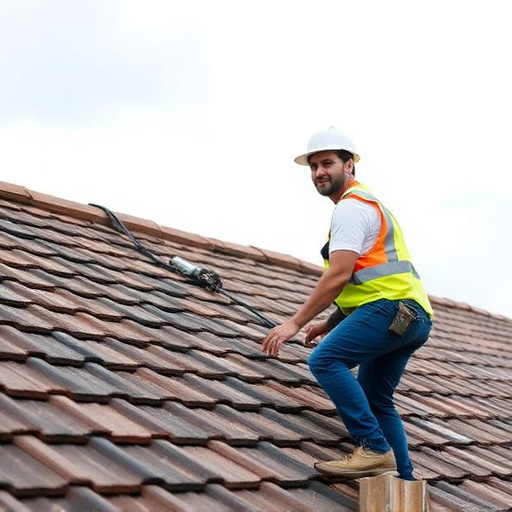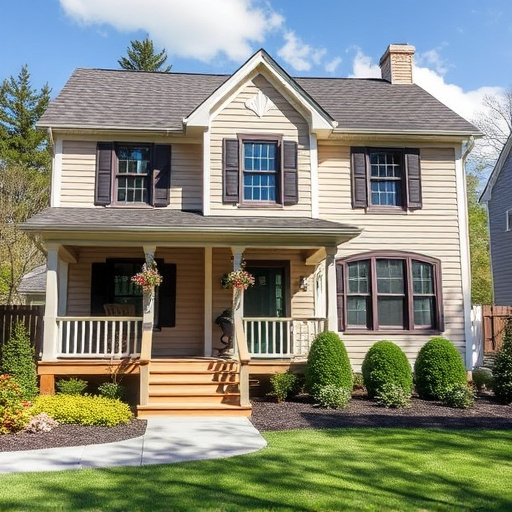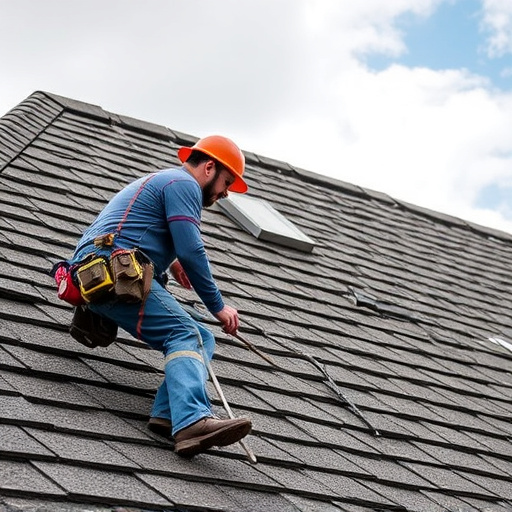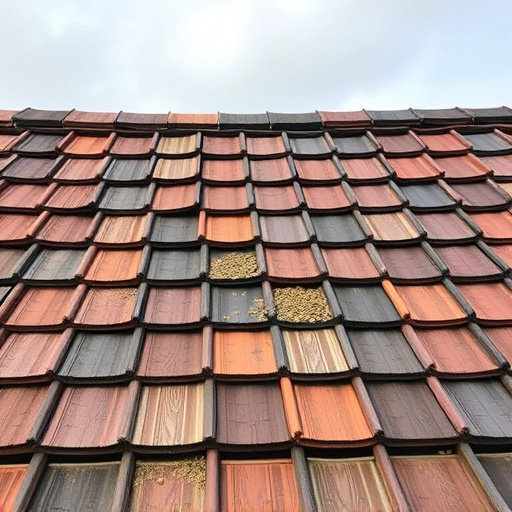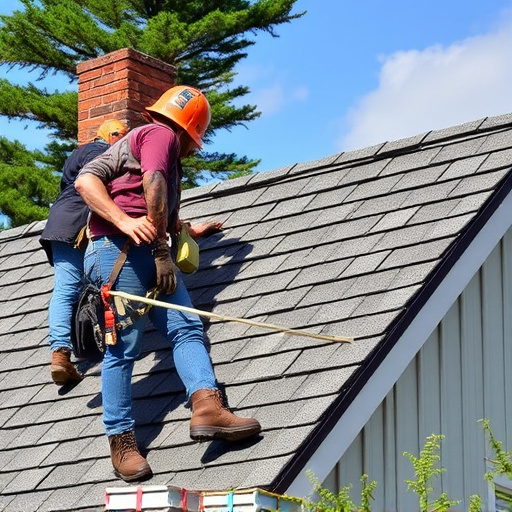By 2025, roof installation trends prioritize sustainability, durability, and energy efficiency. Eco-friendly materials like solar tiles, smart sensors for leak detection and structural monitoring, advanced waterproofing systems, and high-performance siding are gaining popularity. Lightweight composites, upgraded metal alloys, and advanced insulation technologies offer superior performance, reduced environmental impact, and longer-lasting roofs. Smart integration of technology into roofing systems enhances energy efficiency, reduces costs, and provides homeowners with peace of mind through comprehensive roof health monitoring.
“Roofing is evolving, reflecting modern homes’ intersection of technology, sustainability, and design. In 2025, expect innovative materials like lightweight composites and advanced insulation, driven by smart tech such as integrated solar panels and monitoring sensors. Green roofs and recycled materials are gaining traction for their environmental benefits. Design-wise, flat roofs with green accents, unique pitched roofs, and reimagined historical styles offer both flexibility and aesthetic appeal. These trends redefine roof installation, ensuring modern homes make a lasting impact.”
- Emerging Materials and Technologies for Roof Installation
- – Exploring innovative roofing materials like lightweight composites, metal alloys with better corrosion resistance, and advanced insulation options.
- – Discussing the role of smart technology in roof installation, such as solar panels integrated into roofing systems and sensors for monitoring.
Emerging Materials and Technologies for Roof Installation
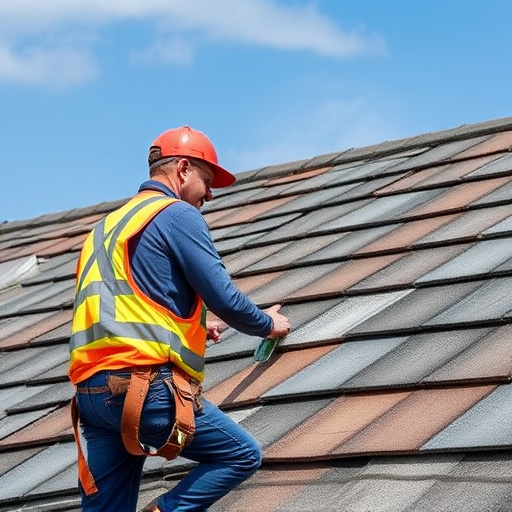
The year 2025 promises exciting innovations in roof installation, driven by advancements in materials science and construction technology. One notable trend is the increased adoption of sustainable and eco-friendly materials. Manufacturers are developing more energy-efficient roofing options, such as solar tiles that seamlessly integrate solar panels into traditional shingle designs. These innovative products not only reduce a home’s carbon footprint but also offer long-term cost savings on utility bills.
Additionally, new technologies like smart sensors and advanced waterproofing systems are enhancing the capabilities of roof installations. These sensors can monitor structural integrity and detect early signs of leaks or damage, enabling proactive maintenance. In commercial spaces, professional siding installation is expected to gain traction, with high-performance materials offering superior durability and insulation properties. This shift towards smarter, more sustainable roofing solutions reflects a growing industry focus on combining aesthetic appeal with functional efficiency in modern homes.
– Exploring innovative roofing materials like lightweight composites, metal alloys with better corrosion resistance, and advanced insulation options.
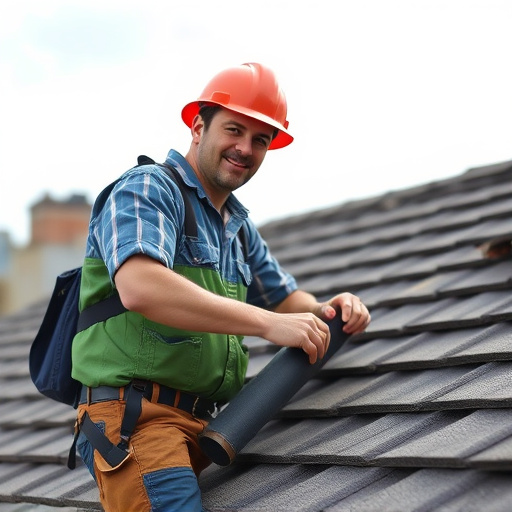
The year 2025 is poised to bring about exciting advancements in roof installation, driven by a focus on sustainability, durability, and energy efficiency. One notable trend is the exploration of innovative roofing materials that offer superior performance while minimizing environmental impact. Lightweight composites, for instance, are gaining popularity due to their ease of installation and reduced weight compared to traditional shingles. These materials not only withstand harsh weather conditions but also contribute to lighter structural loads on homes.
Additionally, metal alloys are being upgraded with better corrosion resistance, making them a more viable option for roofing installations. This advancement promises longer-lasting roofs that require less frequent sidings repairs and replacement over time. Advanced insulation options are another area of interest, as newer technologies aim to enhance energy efficiency by trapping heat during colder months and keeping homes cool in the summer. These developments not only contribute to comfortable indoor environments but also significantly impact overall home energy costs.
– Discussing the role of smart technology in roof installation, such as solar panels integrated into roofing systems and sensors for monitoring.
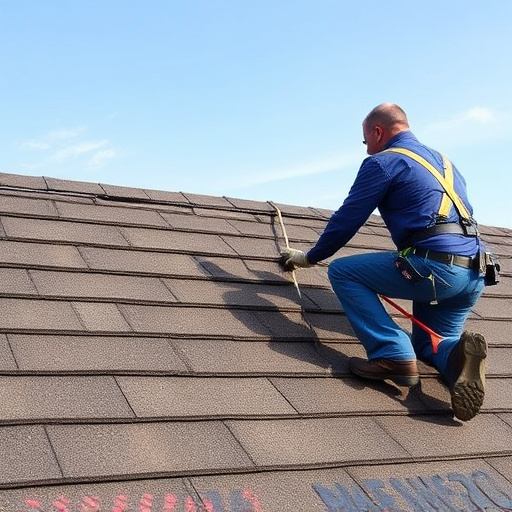
The integration of smart technology is revolutionizing roof installation for modern homes in 2025. Solar panels are no longer seen as standalone additions but seamlessly incorporated into roofing systems, maximizing energy efficiency and reducing costs over time. These solar panels, coupled with advanced sensors, allow homeowners to monitor their energy consumption and roof health from the comfort of their homes. Sensors can detect leaks, wear and tear, or structural issues early on, enabling prompt roof repair and preventing larger, more costly damages.
This innovative approach not only enhances a home’s sustainability but also its overall value. As residential roofing trends continue to evolve, incorporating smart technology becomes increasingly vital for homeowners seeking efficient, modern solutions. In addition to the benefits of solar panels, sensors offer peace of mind, ensuring that one of a home’s most crucial components—its roof—is in optimal condition year-round.
As we look ahead to 2025, the future of roof installation trends promises a blend of sustainability, technology, and aesthetics. Emerging materials like lightweight composites and advanced insulation will not only enhance energy efficiency but also reduce construction waste. Smart technology integration, including solar panels and monitoring sensors, will make homes more connected and eco-friendly. These innovations in roof installation are set to redefine modern home architecture, ensuring durability, performance, and a reduced environmental footprint.

